
Assess Your Textile's Durability with ISO 105-B02
ISO 105-B02 is the most common lightfastness test used for textiles worldwide. This global standard uses xenon arc lamps to simulate the effects of natural daylight. While it is designed for testing colored textiles, it is also suitable for white and brightened fabrics and has been referenced when testing other types of materials. Specimens are usually evaluated by comparing fading (measured by grey scale) to blue wool reference materials.
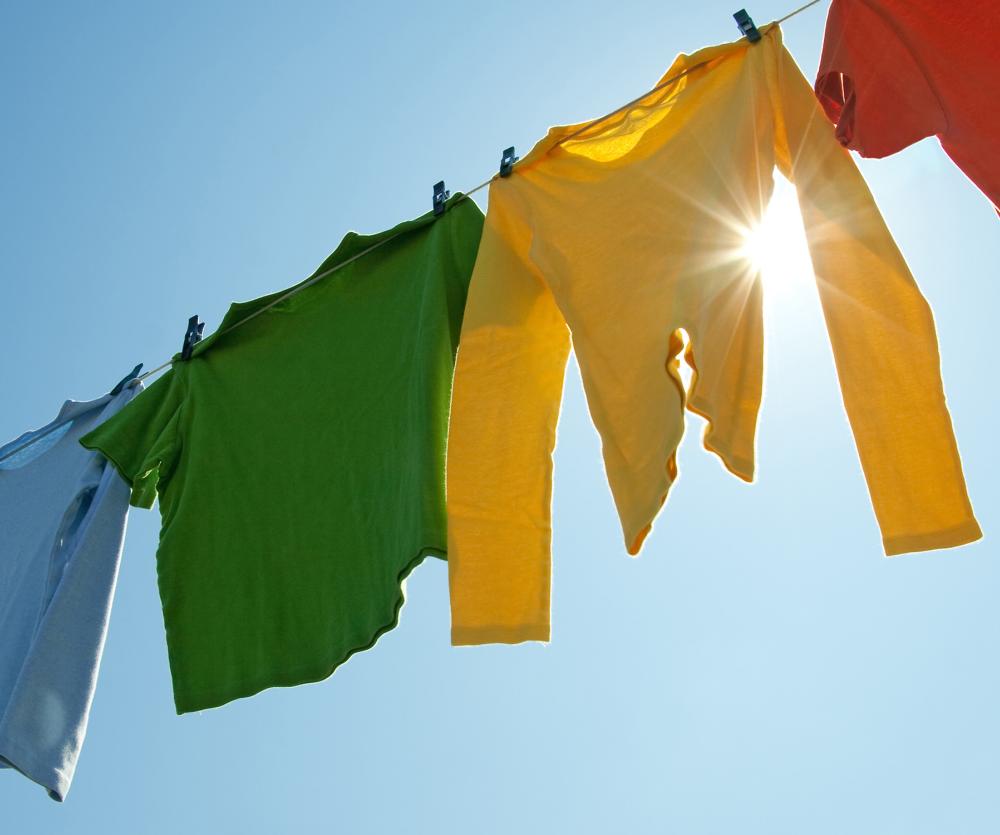
Test Parameters
ISO 105-B02 allows testing under different environmental conditions to mimic various real-world scenarios. It's important to note that the standard was originally written before precise control of temperature and humidity was readily available in weathering testers. Because of this, ISO 105-B02 uses reference materials for relative humidity specification.
Most methods of ISO 105-B02 require the user to perform grey scale measurements of blue wool references and the specimen. The grey scale measurement provides references for fading between 5 (no fading) and 1 (extreme fading). This includes half-steps, where a measurement between 3 and 4 for example would be indicated as “3-4.” Grey scale measurements are made by assessing the contrast between the exposed and unexposed areas of the sample and finding the corresponding contrast that matches best on the grey scale reference card.
All cycles use a Window-IR optical filter that blocks IR energy to keep specimen temperatures low. An irradiance setpoint is selected, either 42 W/m²/nm (TUV 300-400 nm) or 1.10 W/m²/nm (420 nm).
Cycles A1 through A3 use “Effective humidity”, which is determined by comparing the fading of a red azoic dye to blue wool fading. It is roughly equivalent to relative humidity, but fine tuning may be required to meet the specific requirements of ISO 105-B02.
Exposure Cycle A1 (Standard Exposure)
- Temperature: Black standard (insulated black panel) at 47 °C or black panel (uninsulated black panel) at 45 °C
- Humidity: Effective humidity of approximately 40%
Exposure Cycle A2 (Extreme Low Humidity Exposure)
- Temperature: Black standard at 62 °C or black panel at 60 °C
- Humidity: Effective Humidity < 15%
Exposure Cycle A3 (Extreme High Humidity Exposure)
- Temperature: Black standard at 42 °C or black panel at 40 °C
- Humidity: Effective humidity of approximately 85%
Exposure Cycle B
- Temperature: Black standard thermometer at 65 °C or black panel at 63 °C
- Humidity: Relative humidity of 30%
You can find in-depth information on how to program the ISO 105-B02 test cycle into your Q-SUN xenon-arc weathering chamber by logging into your Q-Portal account.
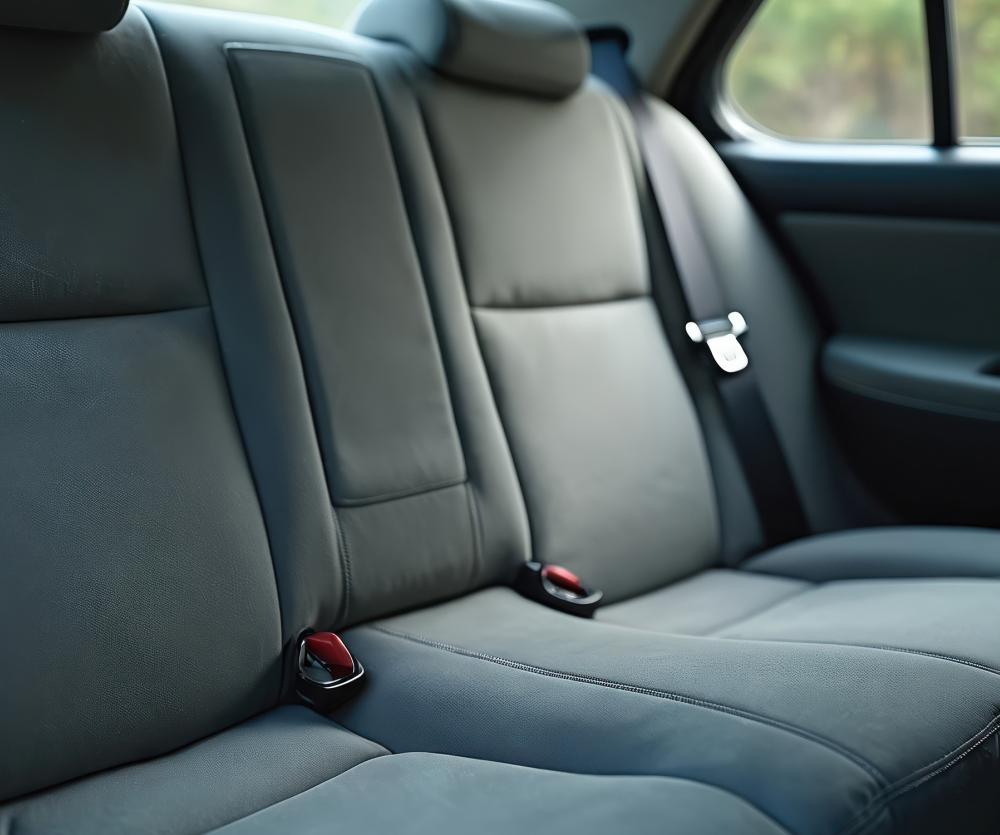
Why Test to ISO 105-B02
ISO 105-B02 is an internationally-recognized and widely-referenced testing method to evaluate the ability of textiles to maintain their appearance when exposed to light, a critical factor for manufacturers, retailers, and consumers. By simulating the effects of natural daylight with a xenon arc lamp, it helps evaluate lightfastness, helping industries like fashion, automotive, and home furnishings test for product durability and quality.
Test Methods
ISO 105-B02 specifies methods to assess the color fastness of textiles under artificial light using a xenon arc fading lamp. The standard includes five distinct test methods, each tailored for different testing needs, particularly for dyes and textiles. These test methods are used in combination with one of the exposure cycles selected above. Below is a summary of the test methods outlined in the standard:
Method | Material | Purpose | Duration | Evaluation |
1 | Blue Wool 1-8 | Evaluate Single Specimen | Specimen Reaches Grey Scale 3 | Compare specimen fading to closest blue wool reference |
2 | Blue Wool 1-8 | Evaluate Multiple Specimens | All specimens meet/exceed Grey Scale 3 OR Blue Wool 7 reaches Grey Scale 4 | Compare each specimen to closest blue wool reference |
3 | Single Blue Wool | Pass/Fail | Blue Wool Reaches Grey Scale 3 | If specimen has less fading than blue wool, it passes |
4 | Known Specimens | Pass/Fail | Reference Material Reaches Grey Scale 3 | If specimen has less fading than reference, it passes |
5 | None | Time/Dosage Comparison | Specific Radiant Dosage (or time duration) | Perform grey scale evaluation on specimen |
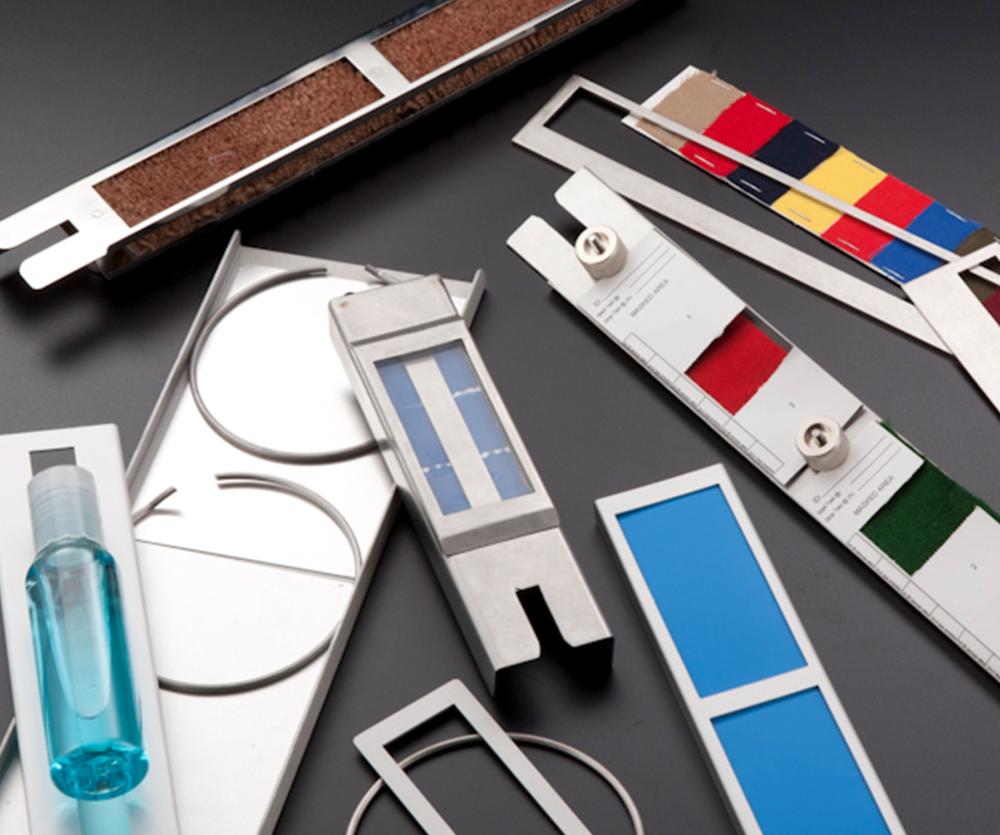
5 Methods Tailored to Meet Your Testing Needs
Method 1: Provides detailed information on the lightfastness of an individual textile, ideal when the performance behavior is unknown. This is suitable for determining relative lightfastness of a material when performance is unknown.
Method 2: Designed for testing multiple textiles simultaneously, conserving blue wool references. This is ideal for dyehouses or testing laboratories when testing multiple specimens with unknown performance.
Method 3: Tests conformity to a known performance specification using a reduced set of blue wool references. Method 3 is suitable for checking if textiles meet a specific lightfastness standard.
Method 4: Checks conformity against an agreed-upon reference sample, often for quality control. Exposure continues until the reference sample shows contrasts equal to grey scale grades 4 and 3. Used in quality control to ensure consistency with a reference standard or to compare two similar formulations or dyes.
Method 5: Tests conformity to specific radiant energy levels, with or without blue wool references. Suitable for tests requiring precise control of radiant energy exposure.
You can find in-depth information on the specific test methods by logging into your Q-Portal account.
Pros and Cons of ISO 105-B02
- Ubiquity
- ISO 105-B02 is one of the most commonly run standards in the world, particularly for the evaluation of lightfastness of textiles. As a result, many industries have large data sets for materials exposed to this standard.
- Global standardization
- As an internationally recognized standard, it ensures consistency in testing color fastness across industries and regions, facilitating reliable comparisons and quality assurance.
- Use of blue wool references
- ISO 105-B02 specifies the use of blue wool references for most test cycles. These materials may be difficult or expensive to obtain. Test performance depends on the consistency of these materials, which may see inconsistent fading over time.
- Aging of Window-IR Filters
- ISO 105-B02 requires the use of a Window-IR filter to meet the spectral and temperature requirements of the standard. Unlike most Q-SUN optical filters, Window-IR filters age over time and need to be replaced after about 8,000 hours.
How Q-Lab Can Help
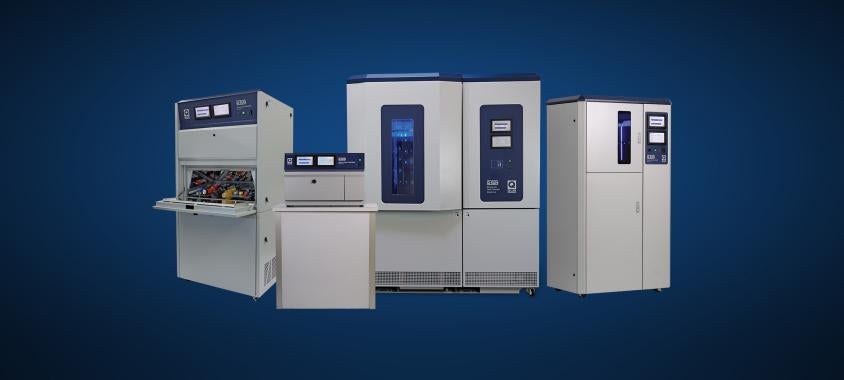
Q-SUN Xenon Arc Test Chambers
Q‑Lab's Q-SUN xenon arc test chambers - Xe-2, Xe-3, and Xe-8, fully comply with ISO 105-B02. Q‑SUN full-spectrum sunlight xenon arc test chambers are simple, reliable, and easy to use. With multiple sizes and models available, they are the world’s most versatile weathering testers.
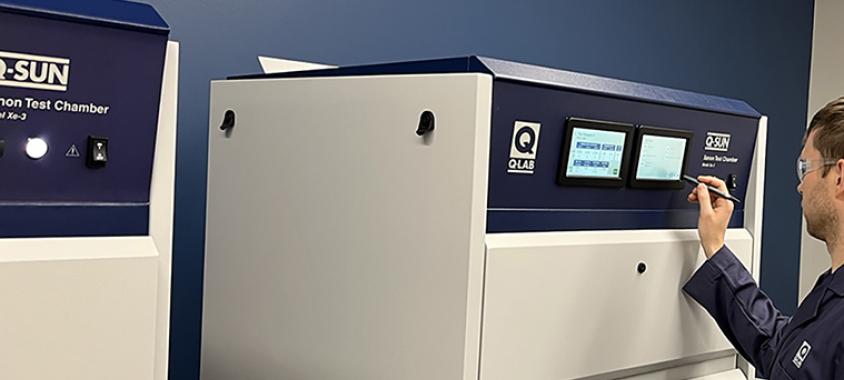
Testing Services
If a new tester is not part of the budget, we offer contract testing at either of our two accelerated testing laboratories – Florida or Germany. Both labs are ISO 17025 accredited to perform ISO 105-B02, using the very same Q‑SUN test chambers built at our manufacturing plant. In addition to accredited testing, our accelerated laboratories are accredited and qualified to perform a suite of different evaluations, including color change, gloss retention, tensile hardness, and much more.
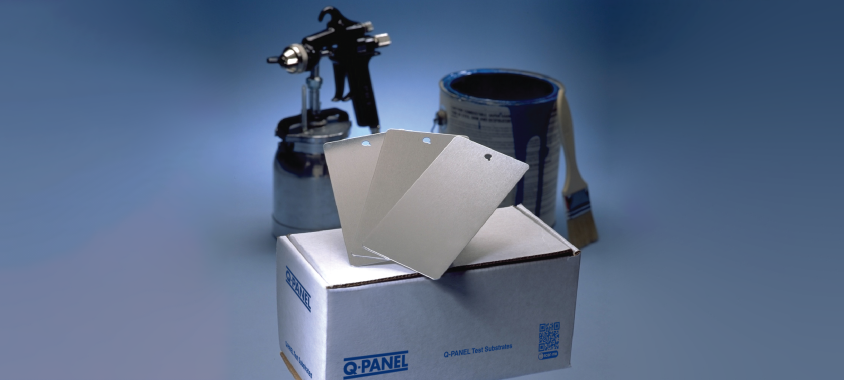
Q-PANEL Standard Test Substrates
Q‑PANEL paint test substrates are the world’s most recognizable and widely-used standard test panels. Q‑Lab manufactures millions of panels each year for a variety of industries, most available immediately from stock.
More ISO 105-B02 Resources
Standards Tool
Review setup and performance information on key international and OEM test standards from ASTM, ISO, SAE, JIS, GB, and more.
Document Library
Browse Q-Lab’s extensive library of weathering testing literature and technical content.
Contact Q-Lab
Ready to get your testing journey started? Our team is here and ready to help.